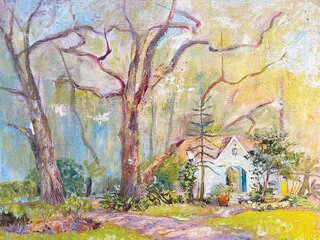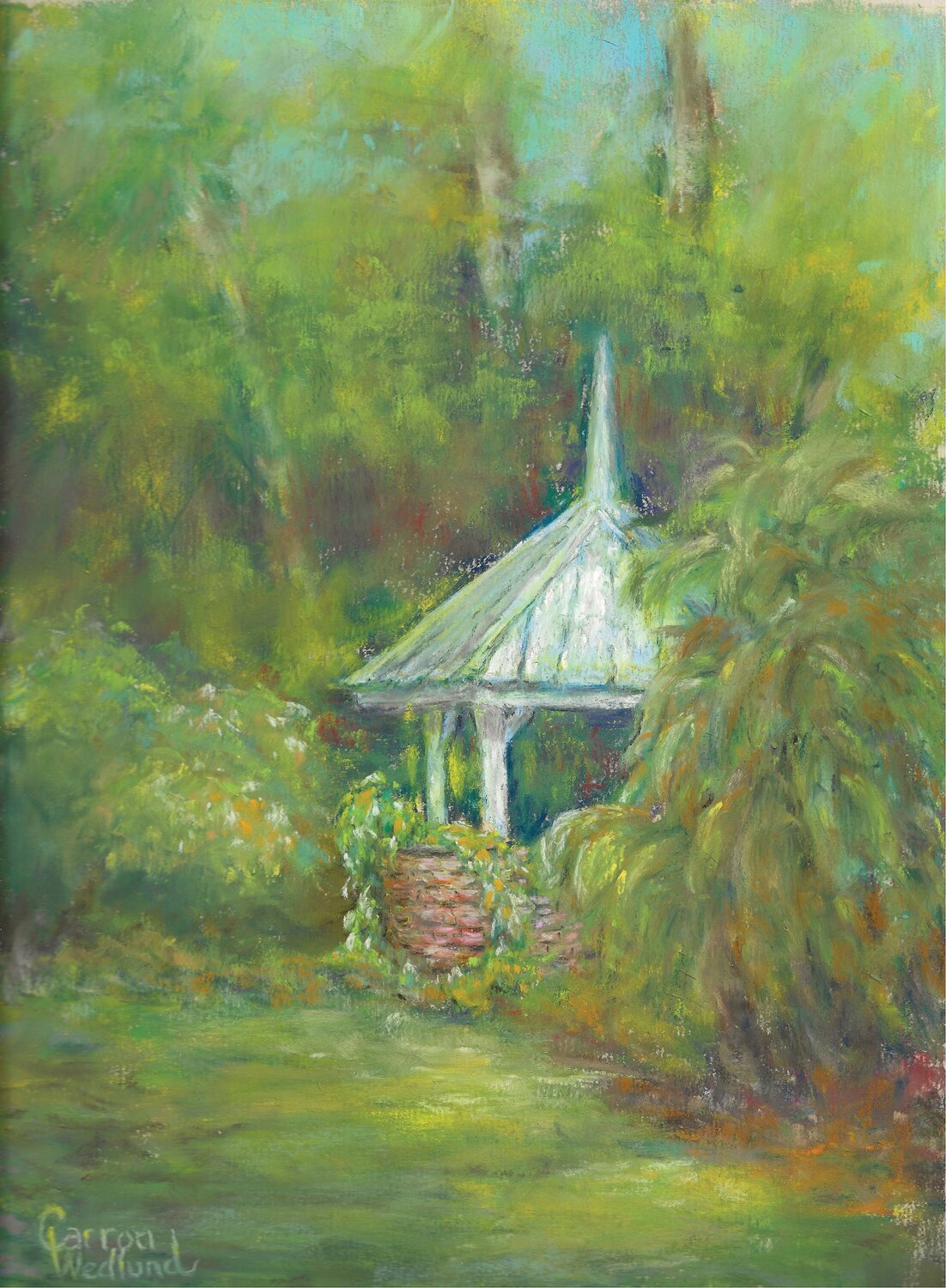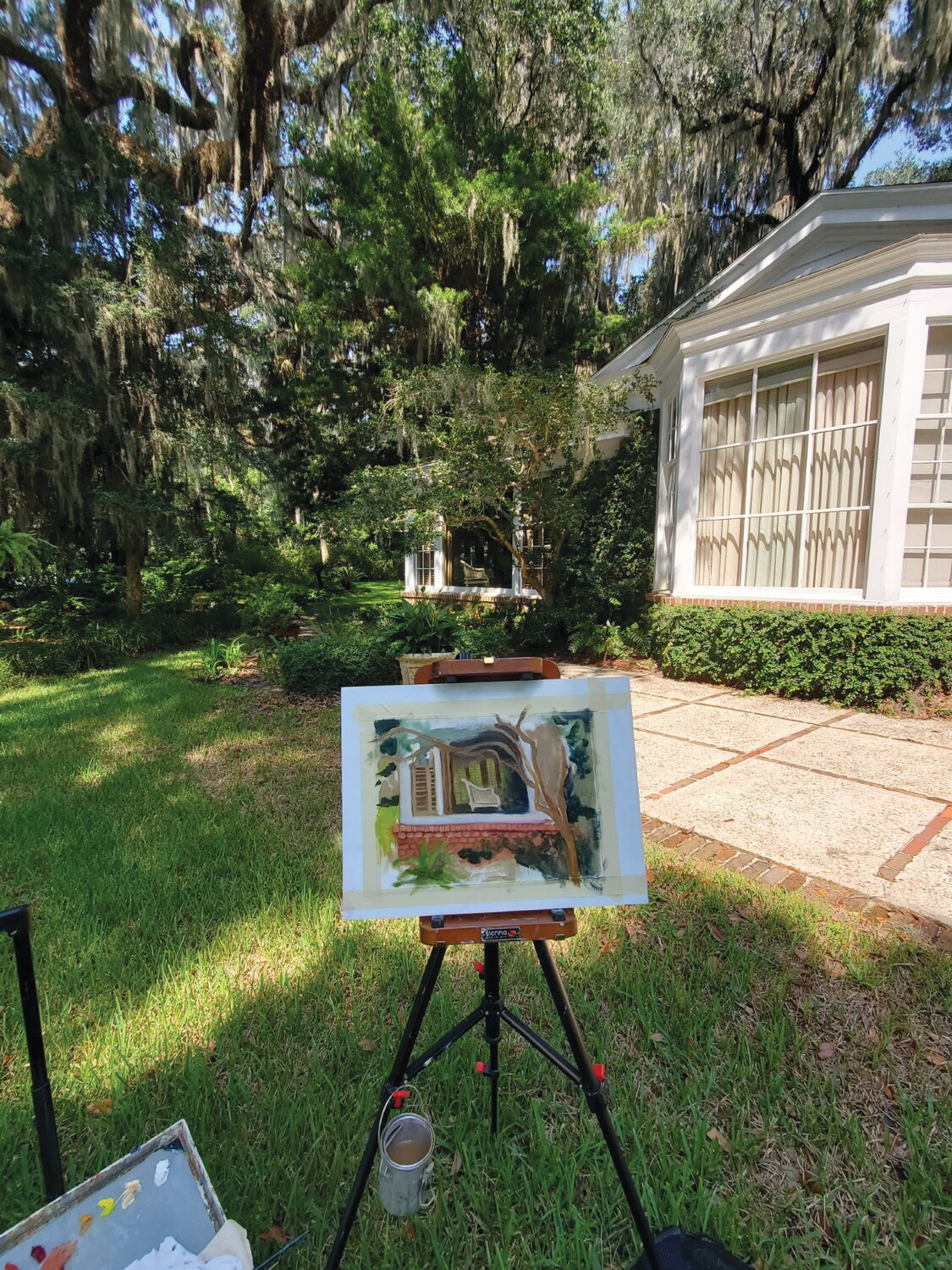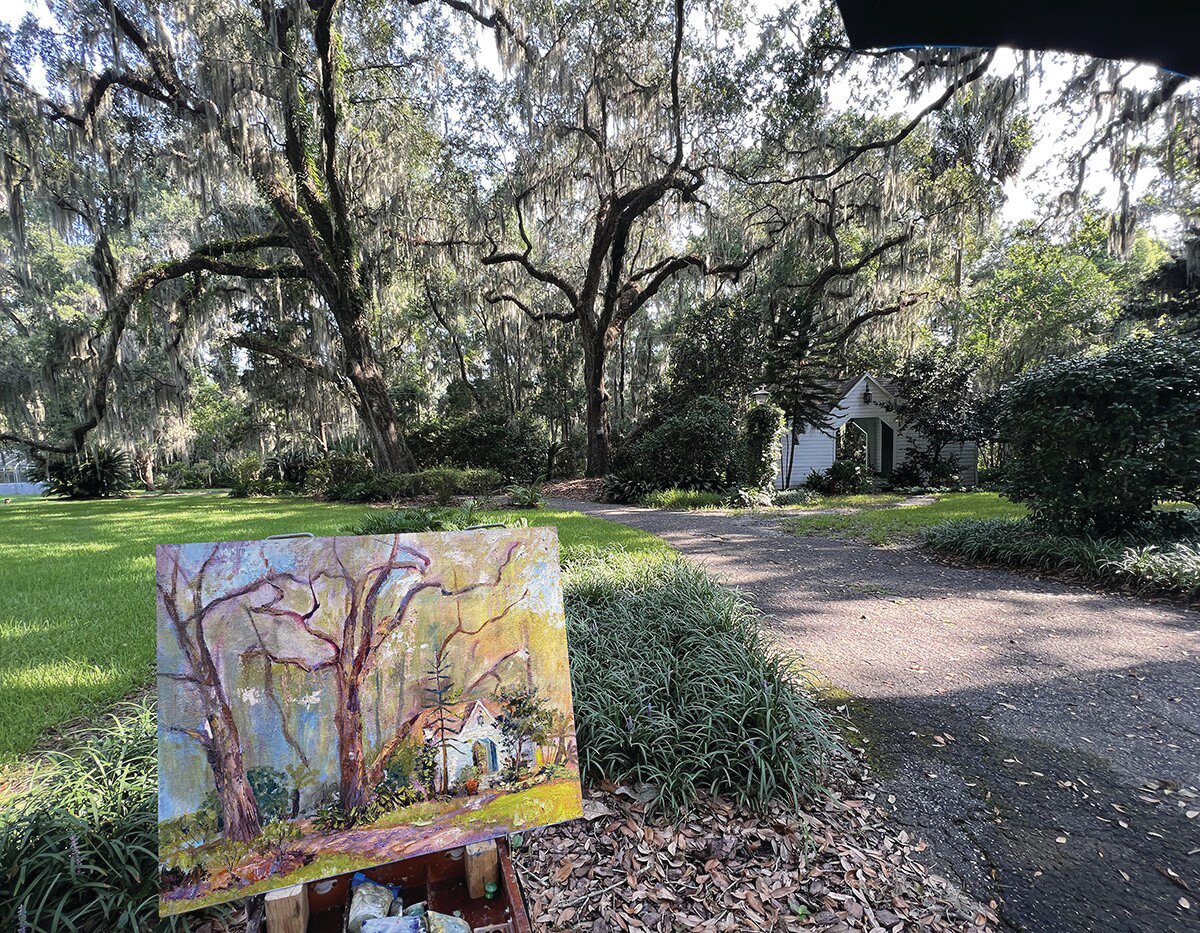Plein-Air Painters capture historic landscape at Hibernia property
FLEMING ISLAND – A group of local artists gathered on Aug. 23 with their easels and painting materials to enjoy camaraderie and translate fleeting light to canvas or paper at the historic Hibernia …
This item is available in full to subscribers.
Attention subscribers
To continue reading, you will need to either log in to your subscriber account, below, or purchase a new subscription.
Please log in to continueDon't have an ID?Print subscribersIf you're a print subscriber, but do not yet have an online account, click here to create one. Non-subscribersClick here to see your options for subscribing. Single day passYou also have the option of purchasing 24 hours of access, for $1.00. Click here to purchase a single day pass. |
Plein-Air Painters capture historic landscape at Hibernia property
FLEMING ISLAND – A group of local artists gathered on Aug. 23 with their easels and painting materials to enjoy camaraderie and translate fleeting light to canvas or paper at the historic Hibernia property.
Each artist has a passion for plein air painting. The painters were from two art guilds, the Art Guild of Orange Park and the First Coast Plein Air Painters. Leighton Tesche, the trustee owner of a historic tract of land, invited the organizations to paint on the Hibernia property.
There is a resurgence of plein-air painting today as artists use their paints and brushes to interpret and explore landscapes. The artists of AGOP and FCPAP are part of this increased interest in going outside to paint.
En Pleine Air is a French term that is the practice of painting outside landscapes. The art movement began in the 1800s as painters left their indoor studios and set up their easels and paints outside to capture the natural panorama of landscape, light and weather.
What is the history behind plein-air painting? Artists began working in new avenues in the 1800s because of two inventions – an American oil painter in France named John Goffe Rand invented 1841 the collapsible metal paint tube made from tin. When paint became portable, artists could paint at any location they chose. Before the invention of the paint tube, artists stored their paints in leaky pig bladders and then later in glass tubes that looked like syringes. William Winsor of Winsor and Newton added the patented screw top to the tin tube in 1904 to further help the preservation and portability of paint.
The impressionist approach to painting began around 1860 when artists discovered they could use the new higher saturated synthetic pigments to produce lighter and brighter work.
Artists such as Monet, Renoir, Pissarro, Cezanne and Sisley came onto the scene with their wonderfully high-key and brilliant work.
The land which the artists painted on is significant to our local history. This property is part of the original 1,000-acre land grant from the Spanish governor of East Florida to George Fleming.
The property, which served as a hotel in the late 19th and early 20th centuries, was a respite for travelers on the St. Johns River. The original structure is gone, but the well and the pool house that Margaret Fleming built later in the 19th century still exist and have been beautifully maintained.
The artists found these structures on the property worthy of painting.
“A well and pump is dating back to 1885, and originally it was directly in front of the original Boarding House,” Tesche said. “The spring-fed pool and bathhouse are the same date. The pool is spring-fed and is the same temperature all year round. I believe it is 75 degrees. There are newspaper articles supporting this [in an Oct. 15, 1885, in a newspaper called “The Weekly Floridian” in Green Cove Springs.)
“Fleming Island is named for George Fleming, an Irish immigrant, who arrived in Spanish East Florida in 1783,” Scott Ritchie once wrote. “Seventeen years later, Captain George Fleming received a Spanish land grant of one thousand acres on the southeastern end of what would become Fleming Island, where he nurtured a profitable plantation that he named Hibernia in honor of his Irish homeland. For more than 200 years, Hibernia has been home to Captain Fleming’s descendants extending seven generations.”
The family could not make a living as traditional southern planters after the Second Seminole War, so the Flemings transformed Hibernia into a winter hotel that became a well-known destination in the early days of Florida tourism and into the 20th century.
“The original hotel or boarding house and what was known as the Big Cottage were on this property,” Tesche said. “When these buildings were torn down because of neglect by the owner who bought the property from the Flemings, a new house was constructed in the 1950s using the original beams, flooring, bannisters, skylight, fireplaces and windows.
Our local plein-air painters stepped back into history, explored these historic structures, and translated them as they stand today with paint and brush.
Just like the painters of the Impressionist era, these local painters enjoyed the company of fellow painters who shared a common interest in being outdoors and recording what they saw with their painterly dabs of bright paint.














